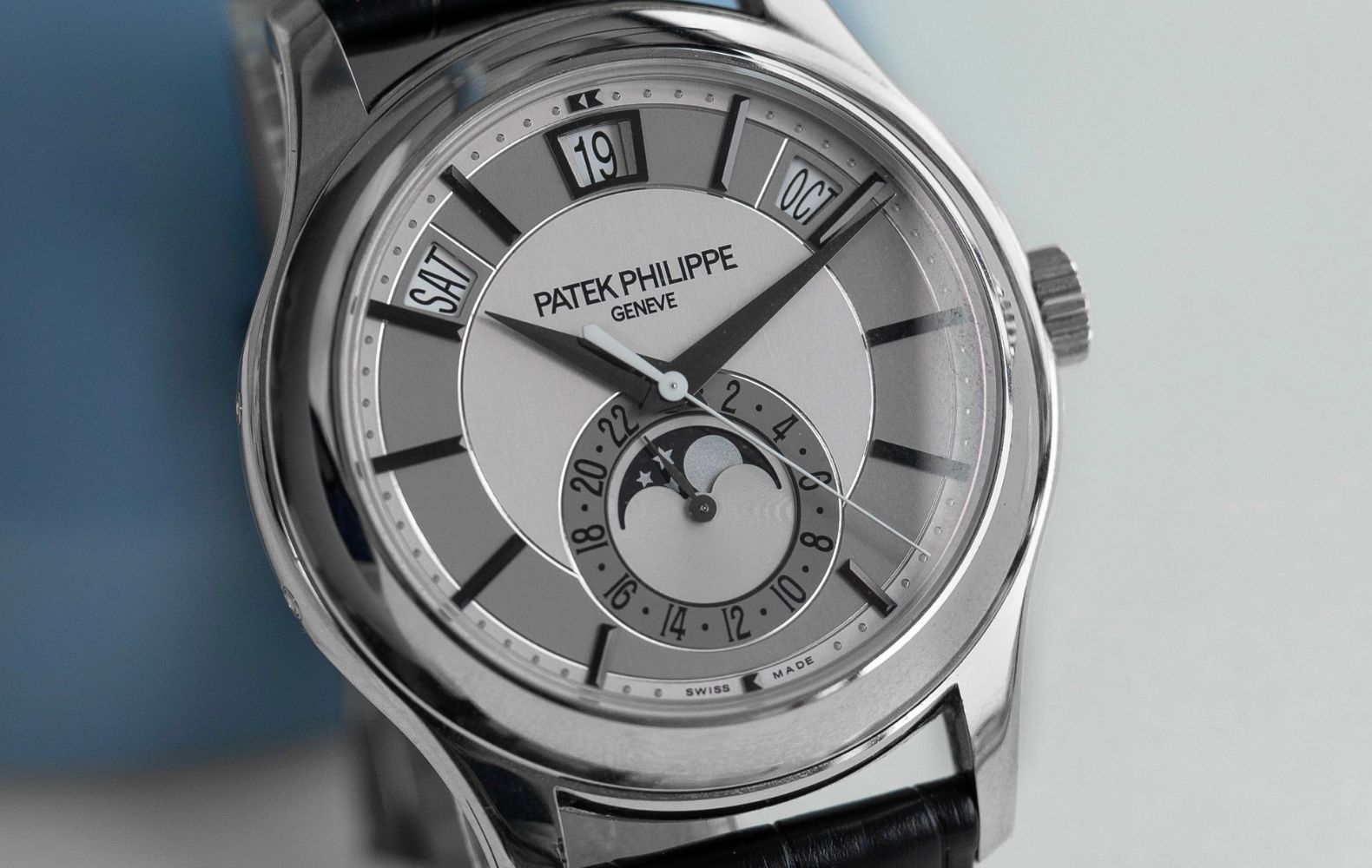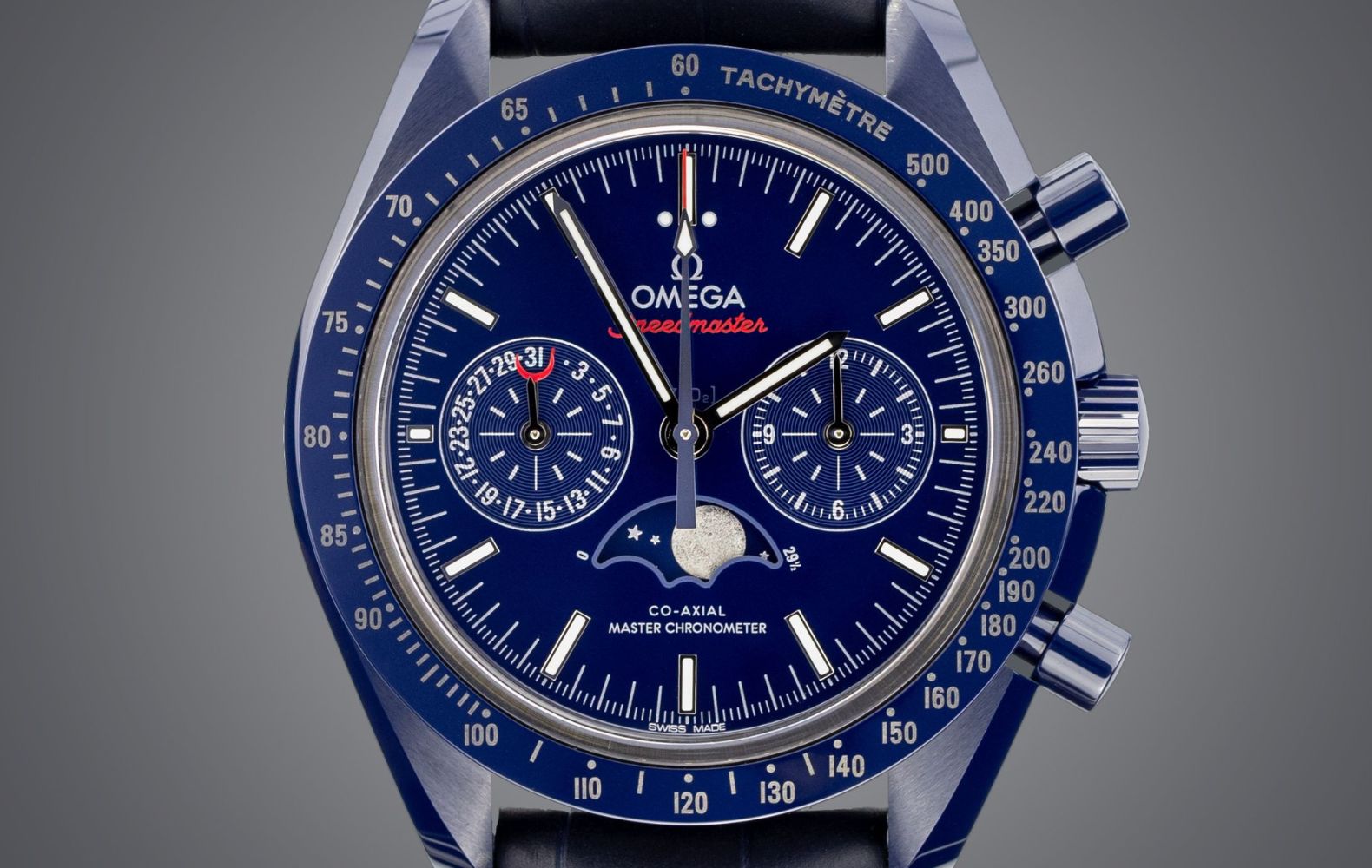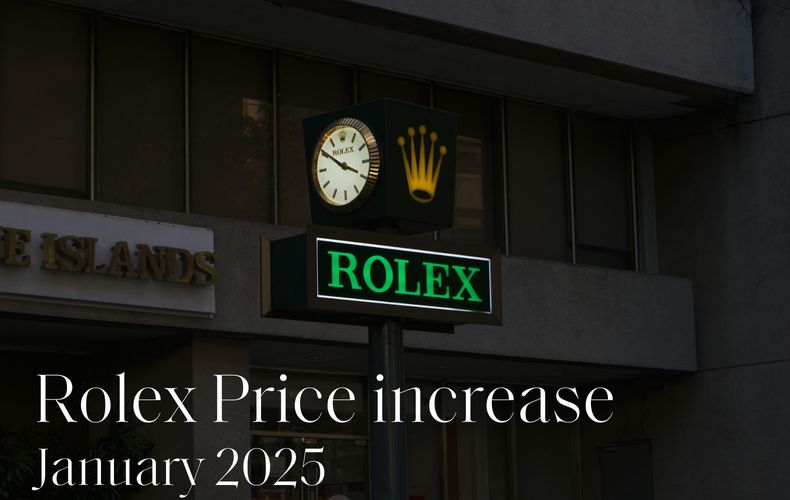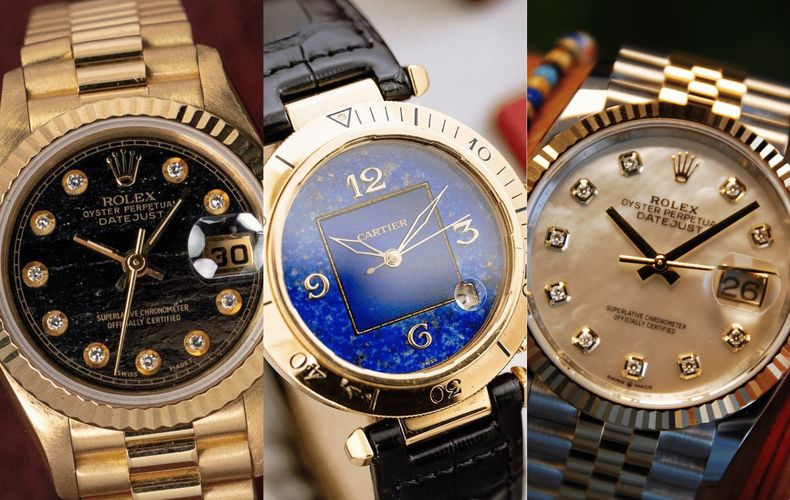Understanding Moonphase Complications
Moonphase complications add a touch of celestial magic to luxury timepieces. They track the lunar cycle right on your wrist, blending art and science in a tiny, elegant package.
The Charm of Tracking Lunar Cycles
Ever glanced at your watch and wondered what the moon's up to? That's where moonphase complications come in handy. They're not just pretty faces – these mini moons actually track the real lunar cycle.
You'll see a tiny moon peeking out from behind a cutout on the dial. As days pass, it moves to show the current phase. It's like having a little slice of the night sky on your wrist!
Some watches, like the Omega Speedmaster Moonphase, even show the moon's texture in incredible detail. You can almost spot the craters!
How It Works: The Mechanics Revealed
Ready for a bit of watchmaking wizardry? Most moonphase complications use a disc with two moons. This disc rotates once every 29.5 days – matching the lunar cycle.
As it turns, one moon "waxes" while the other "wanes" behind the dial's aperture. It's a simple but clever trick that creates the illusion of the changing moon.
High-end watches like the A. Lange & Söhne Lange 1 Moonphase take it up a notch. They use gears so precise, you'd only need to adjust the moonphase once every 122 years! Talk about long-term accuracy.
Pricing wise, these lunar beauties can set you back anywhere from €20.000 for a pre-owned Rolex Cellini Moonphase to over €100.000 for a new Patek Philippe Nautilus Moonphase. But can you really put a price on wearing a piece of the cosmos?



















